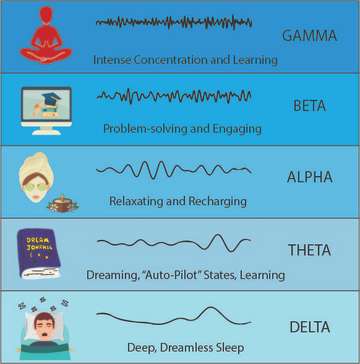For convenience, here is the table of contents of The Character of Consciousness:
Table of Contents
Introduction
Acknowledgments
I. The Problems of Consciousness
1. Facing Up to the Problem of Consciousness
Afterword: From “Moving Forward on the Problem of Consciousness”
II. The Science of Consciousness
2. How Can We Construct a Science of Consciousness?
Afterword: First-Person Data and First-Person Science
3. What is a Neural Correlate of Consciousness?
4. On the Search for the Neural Correlate of Consciousness
III. The Metaphysics of Consciousness
5. Consciousness and its Place in Nature
6. The Two-Dimensional Argument Against Materialism
Afterword: Other Anti-Materialist Arguments
7. Conceptual Analysis and Reductive Explanation (with Frank Jackson)
IV. Concepts of Consciousness
8. The Content of Phenomenal Concepts
9. The Epistemology of Phenomenal Belief
10. Phenomenal Concepts and the Explanatory Gap
V. The Contents of Consciousness
11. The Representational Character of Experience
Afterword: The Two-Dimensional Contents of Perception
12. Perception and the Fall From Eden
13. The Matrix as Metaphysics
Afterword: Philosophical Notes
VI. The Unity of Consciousness
14. What is the Unity of Consciousness (with Tim Bayne)
Appendix: Two-Dimensional Semantics
Table of Contents
Introduction
Acknowledgments
I. The Problems of Consciousness
1. Facing Up to the Problem of Consciousness
Afterword: From “Moving Forward on the Problem of Consciousness”
II. The Science of Consciousness
2. How Can We Construct a Science of Consciousness?
Afterword: First-Person Data and First-Person Science
3. What is a Neural Correlate of Consciousness?
4. On the Search for the Neural Correlate of Consciousness
III. The Metaphysics of Consciousness
5. Consciousness and its Place in Nature
6. The Two-Dimensional Argument Against Materialism
Afterword: Other Anti-Materialist Arguments
7. Conceptual Analysis and Reductive Explanation (with Frank Jackson)
IV. Concepts of Consciousness
8. The Content of Phenomenal Concepts
9. The Epistemology of Phenomenal Belief
10. Phenomenal Concepts and the Explanatory Gap
V. The Contents of Consciousness
11. The Representational Character of Experience
Afterword: The Two-Dimensional Contents of Perception
12. Perception and the Fall From Eden
13. The Matrix as Metaphysics
Afterword: Philosophical Notes
VI. The Unity of Consciousness
14. What is the Unity of Consciousness (with Tim Bayne)
Appendix: Two-Dimensional Semantics








